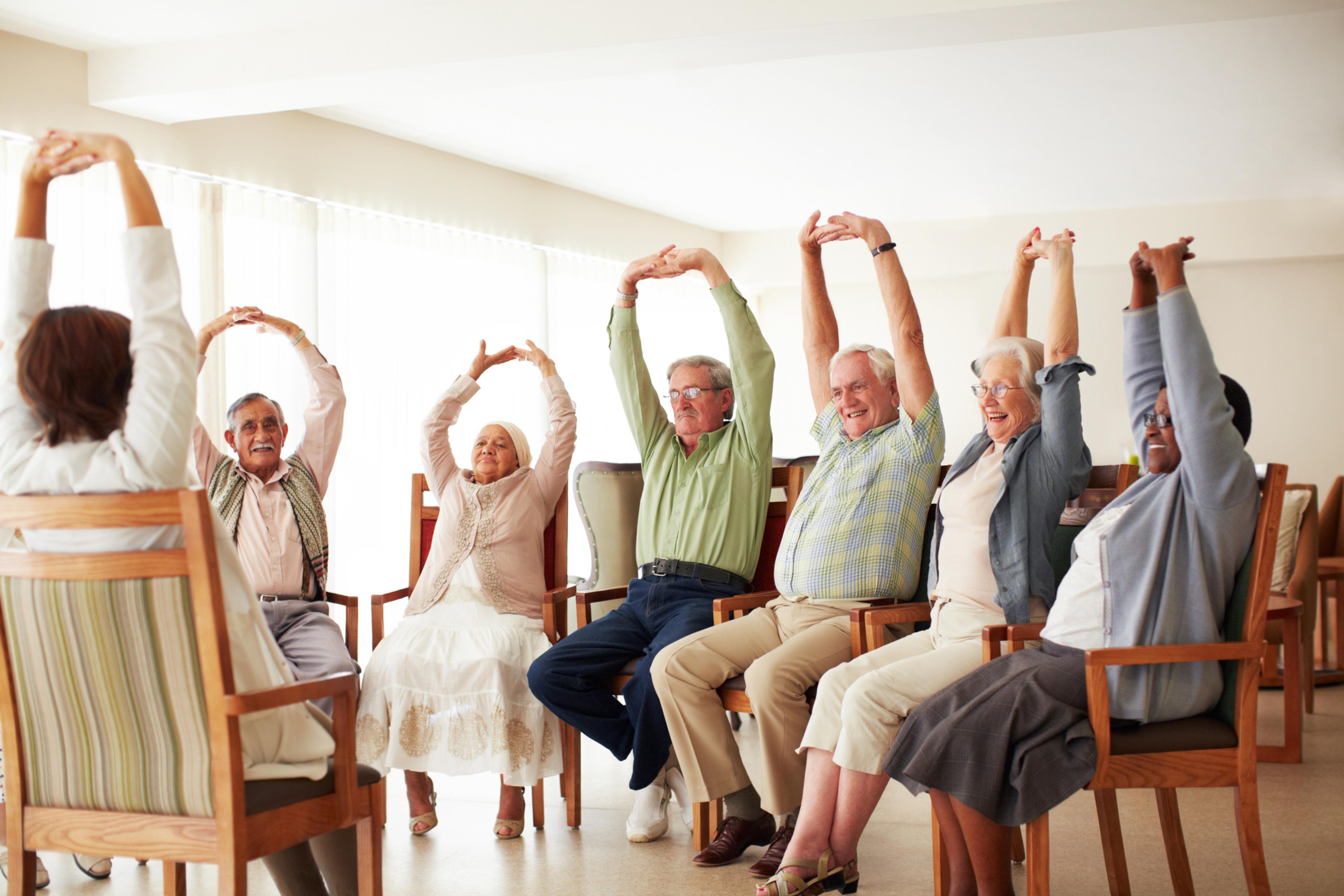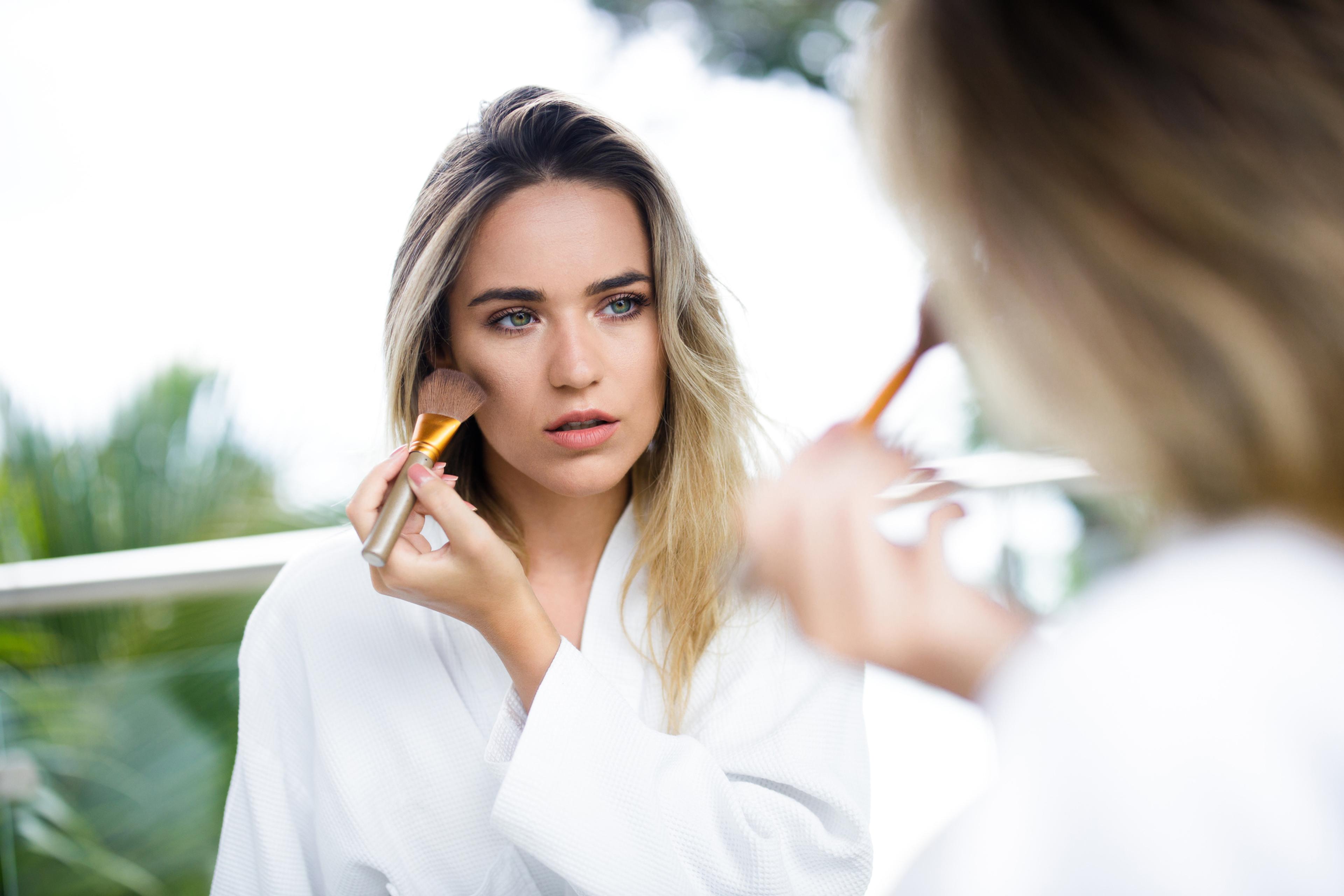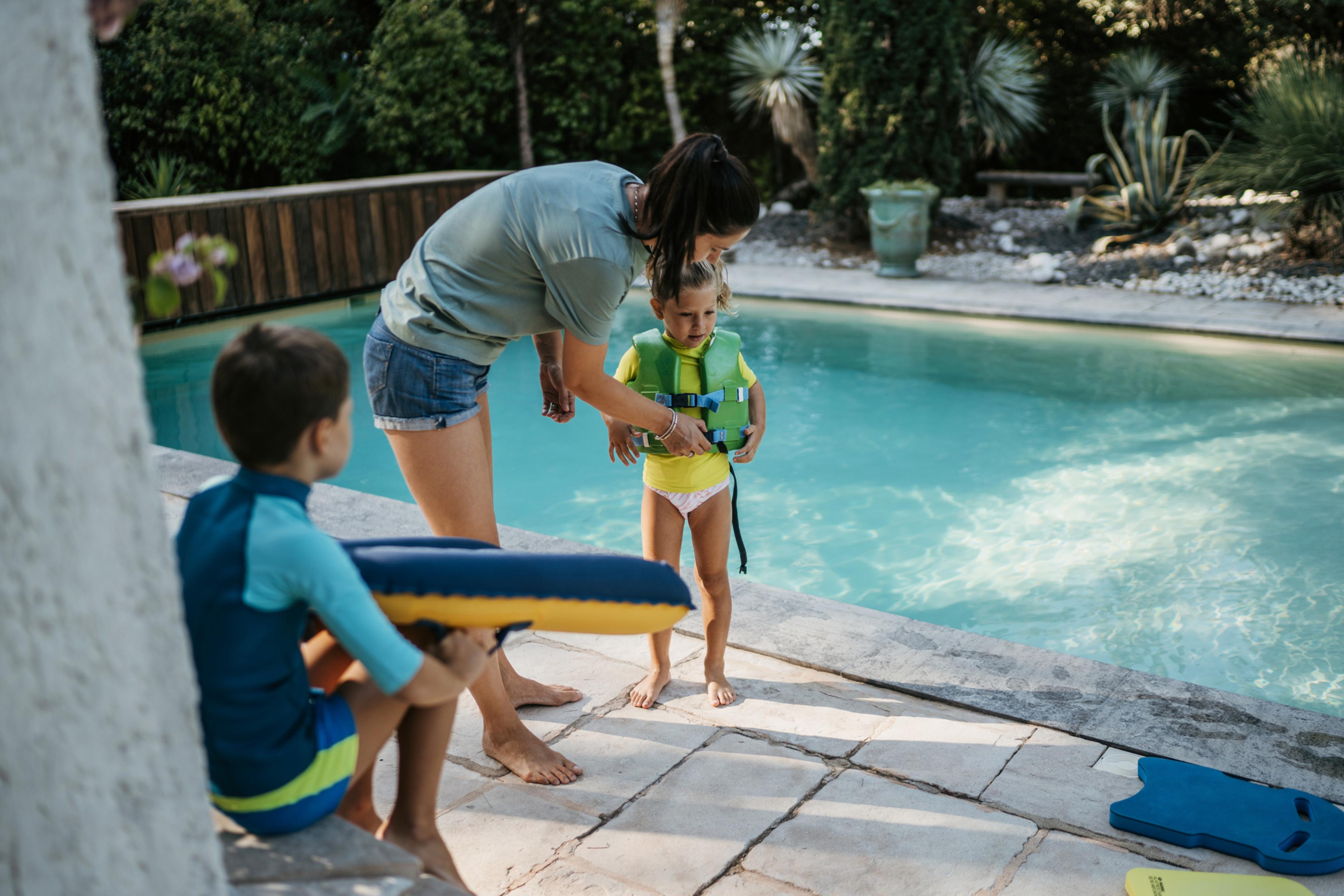10 Seated Exercises for People with Dementia
Jake Newby
| 3 min read

No matter how old you are or what kind of physical condition you are in, exercise can benefit your health. This goes for people with dementia, who may face a host of physical challenges due to their condition.
Gentle exercise can help soften or nullify many common complications associated with dementia, which according to the National Institute on Aging can include:
- Depression
- Illness
- Poor coordination
- Trouble with endurance
- Sore feet or muscles
Seated exercises are gentle on the joints. When done on a consistent basis, they can benefit people with dementia by helping them prevent muscle weakness, stay at a healthy weight and increase mobility. Here are10 seated exercises recommended by physiotherapists, and step by step instructions on how to perform them.
For every exercise, sit up straight in a sturdy chair. If possible, sit away from the back of the chair so that your feet are flat on the floor to begin each exercise. Be sure to wear supportive shoes.
10 seated exercises for dementia patients
Alternate hand rotations:
- Place your hands on your knees.
- Turn one palm to face upwards and one palm to face downward.
- Alternate the upward and downward position of each palm simultaneously, 20 times.
Ankle circles:
- Circle one ankle in a clockwise motion 10 times.
- Repeat in a counterclockwise motion 10 more times.
- Repeat this process with the other leg.
Arm raises:
- Sit with your hands resting on your knees.
- Raise both hands and arms to the ceiling and then back down to your knees.
- Repeat 10 times.
Canned food bicep curl:
- Hold a can of food in your left hand and lift the can toward your chin.
- Lower the can back down toward your knee.
- Repeat this motion 20 times.
- Switch the can and repeat this motion 20 times with your right hand.
Heel raises:
- Lift both heels off the floor so that only your tippy toes are on the ground.
- Lower them until your feet are completely flat.
- Repeat 10 times.
Knee straightens:
- Lift one leg so that your knee is straight with your toes up in the air.
- Hold for five seconds.
- Slowly relax to starting position and repeat five times.
- Repeat with your other leg.
Nose and ear grabbing:
- Use your left index finger and thumb to grab your nose while using your right index finger and thumb grab your left earlobe.
- Release both grips and clap your hands once.
- Use your right index finger and thumb to grab your nose while using your left index finger and thumb to grab your right earlobe.
- Release both grips and clap your hands twice.
- Repeat 10 times.
Side to side turns:
- With your legs and feet facing forward, twist your upper body to the right and grab the right under side of your chair with both hands.
- Keep your legs and feet facing forward and twist your upper body to the left while grabbing the left under side of your chair with both hands.
- Repeat 20 times.
Seated marching:
- Lift your feet off the floor one at a time in a rhythm that mimics the marching motion. Incorporate your arms by swinging the arm that corresponds with the marching foot.
- Repeat 20 times.
Seated rowing:
- Start with your arms extended straight out in front of you.
- Pull your arms back in a rowing motion.
- Repeat 10 times.
Remember, a slight soreness the day after exercise is normal. If you experience chest pain, dizziness or shortness of breath, stop and call your primary care provider (PCP). If symptoms are severe or persist well after the workout, dial 911.
Read more:
- What are the New COVID-19 Boosters? Do I Need One?
- How to Prepare Now for the Tripledemic of the Flu, COVID and RSV
- Essential for the Aging Brain: Omega-3 Fatty Acids
Photo credit: Getty Images





